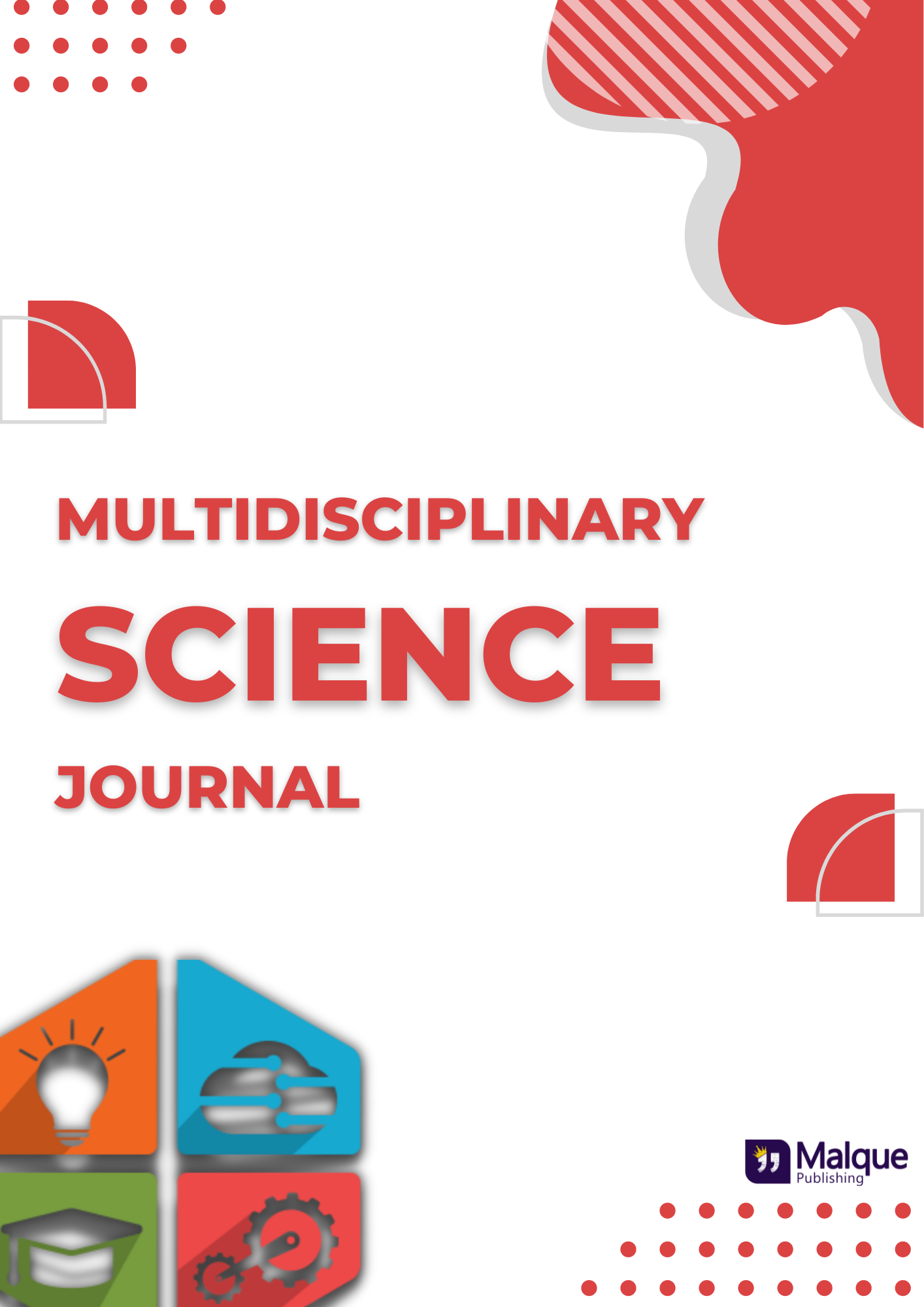Influence of sodium salicylate on adventitious organogenesis of a commercial cucumber cultivar
Abstract
-
Cucumber is an important vegetable crop belonging to the Cucurbitaceae family. An optimized regeneration system is required to address different biotechnological approaches in this species, such as large-scale multiplication, as well as genome editing and genetic transformation techniques. The aim of this study was to investigate the effect of different concentrations of the phenolic compound sodium salicylate (NaSA), a salicylic acid derivative, on in vitro callus and shoot regeneration of a commercial cultivar of cucumber. Four-day-old cotyledon explants from the slicing cultivar 'Marketer' were employed. Murashige and Skoog (MS)-derived shoot induction medium containing 0.5 mg L-1 indole-3-acetic acid (IAA) and 2.5 mg L-1 6-benzylaminopurine (BAP) was supplemented with NaSA. Frequency and shoot number were enhanced by 1.5-fold with NaSA at 0.1 µM. Higher salicylate levels led to increased callus formation and decreased shoot regeneration. The application of sodium salicylate at a specific concentration showed a positive trend in in vitro adventitious organogenesis of a commercial cucumber cultivar. Some probable mechanisms that may underlie the beneficial effects of salicylic acid/salicylates on in vitro regeneration were also discussed.










